How NYC will experience the 2024 solar eclipse: Watch

How to protect your eyes from the solar eclipse
The countdown is on for the total solar eclipse that'll be seen over several cities come April 8. If you plan to watch the rare celestial event, listen up -- you'll need to know how to protect your eyes. Dr. James Kelly joined Good Day New York with some expert advice.
NEW YORK CITY - A total solar eclipse will cross into New York State Monday afternoon, but the Big Apple will just miss the full spectacle. Instead, NYC will experience a partial eclipse at 3:25 p.m., with 89.6% of the sun covered by the moon at its peak.
What will that look like for New Yorkers? Here's what you can expect, according to NASA. (And remember: Eclipse glasses are a must to prevent eye damage!)
What will the eclipse look like in NYC?
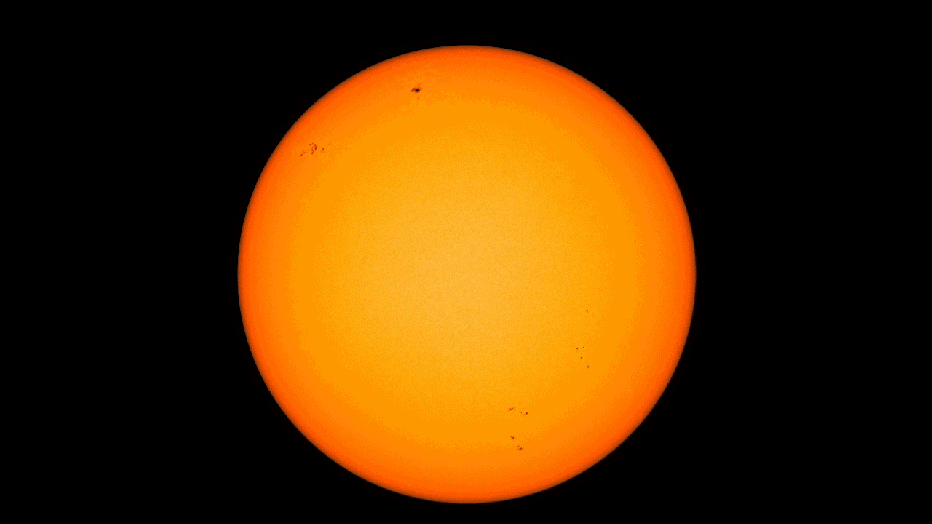
Here's what the eclipse will look like in NYC. (Courtesy: NASA)
2:10 p.m
The event begins the moment the edge of the moon touches the edge of the sun.
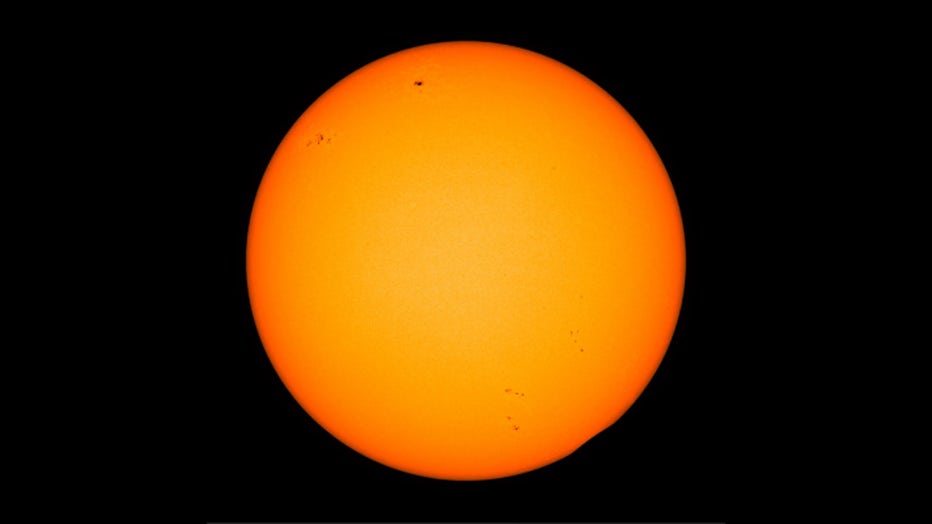
2:51 p.m.
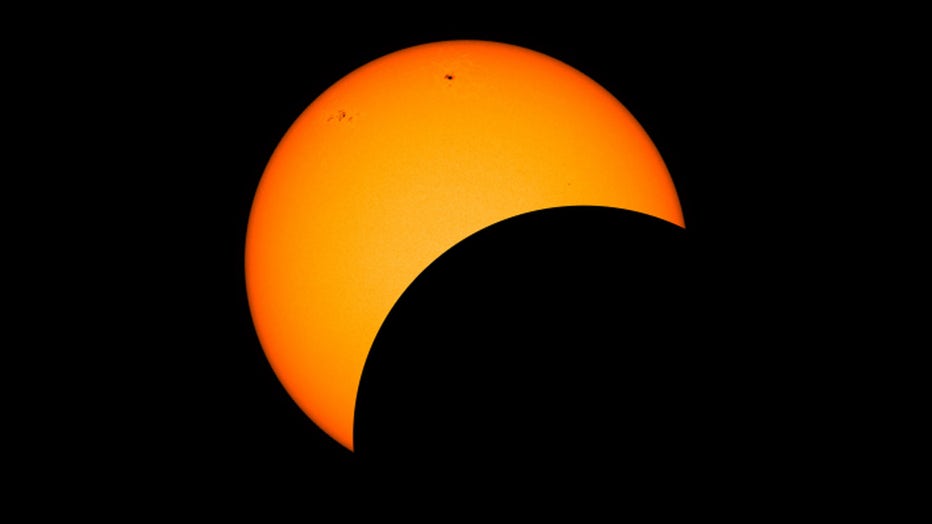
3:25 p.m.
The maximum view (the deepest point of the eclipse) with the Sun at its most hidden.

3:58 p.m.
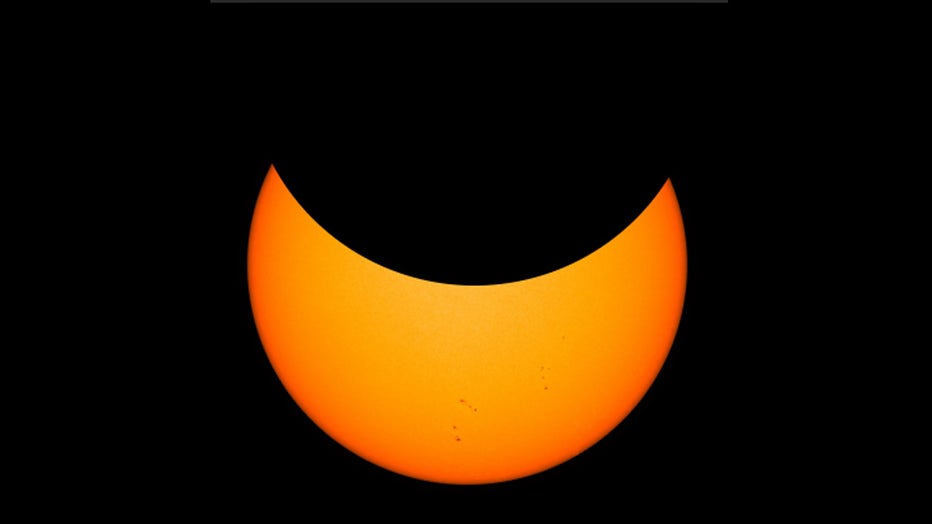
4:36 p.m.
The event ends when the edge of the moon leaves the edge of the sun.
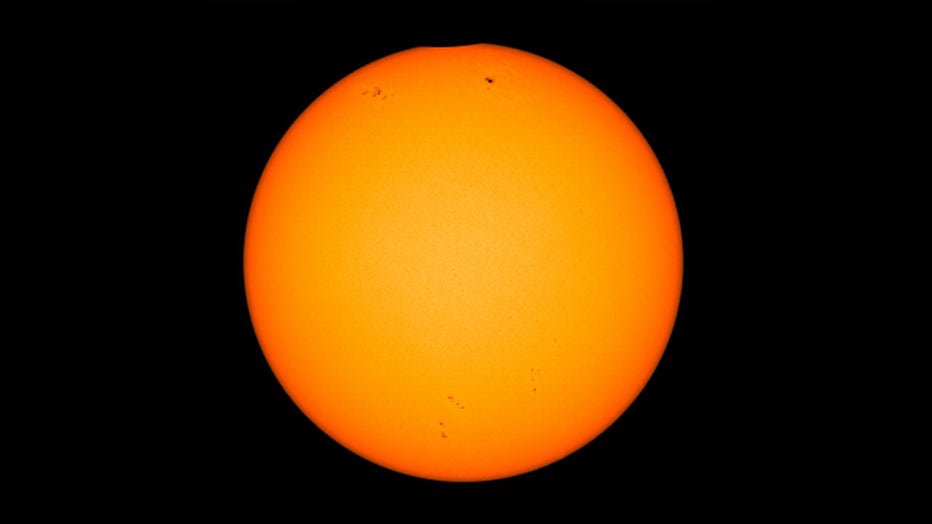
The total duration of the event in New York City will be two hours and 26 minutes.
- MORE: 2024 eclipse maps
- MORE: NYC solar eclipse 2024: A full guide for next week's event
- MORE: Officials warn of major gridlock across NY during total solar eclipse
- MORE: Eclipse forecast: Will NY see clear skies on April 8?
Click HERE for a time-lapse in your city, provided by NASA.
2017 eclipse in NYC
August 2017 was the last time the U.S. experienced a total solar eclipse.
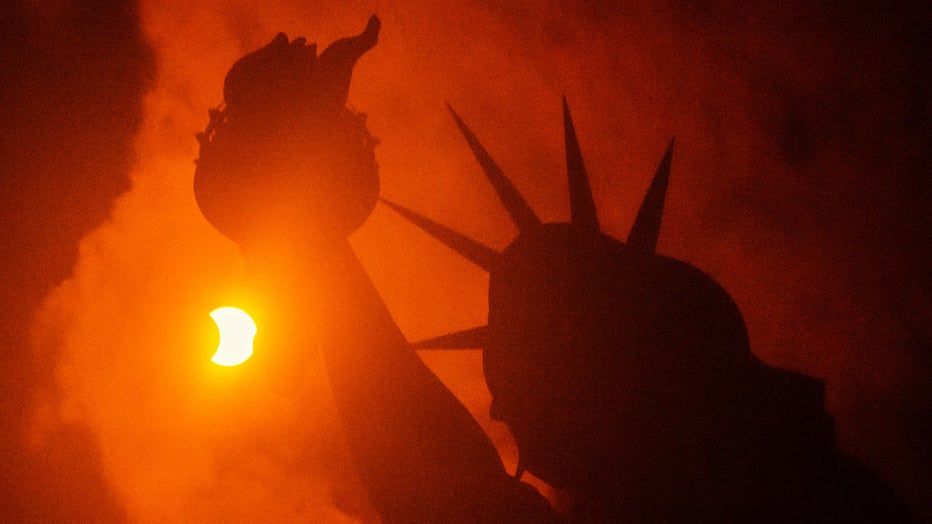
The solar eclipse is seen behind the Statue of Liberty at Liberty Island on August 21, 2017 in New York City. (Photo by Noam Galai/WireImage)
The path of totality stretched from Oregon to South Carolina, meaning NYC only experienced a partial eclipse. Around 72% of the sun was covered by the moon during the peak
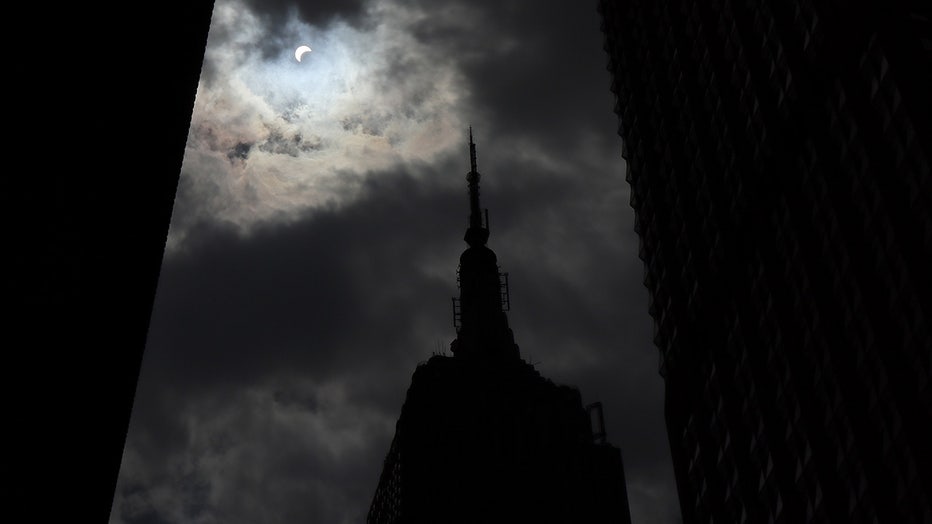
The sun is eclipsed by the moon over top of the Empire State Building in New York City on August 21, 2017. (Photo by Gary Hershorn/Getty Images)
Skies were clear along most of the route, to the relief of those who feared cloud cover would spoil the moment.

NEW YORK, NY - AUGUST 21: People watch the solar eclipse at Liberty Island on August 21, 2017 in New York City. (Photo by Noam Galai/WireImage)
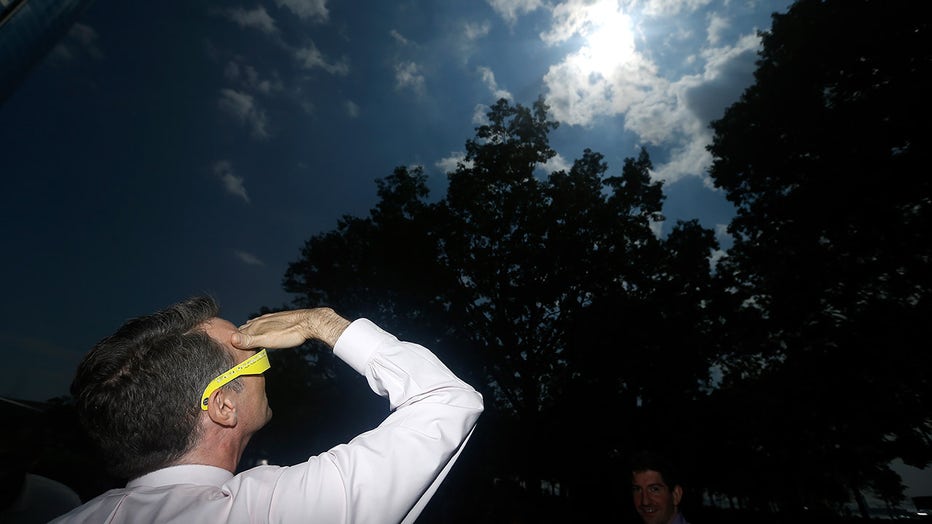
File: A man views the solar eclipse at Battery Park on August 21, 2017 in New York City. (Photo by John Lamparski/WireImage)
US path of totality
The moon’s shadow will slice a diagonal line from the southwest to the northeast across North America, briefly plunging communities along the track into darkness. Totality will enter the continent at Mazatlan, Mexico, and exit at Newfoundland in Canada.

The total solar eclipse will be visible along a narrow track stretching from Texas to Maine on April 8, 2024. A partial eclipse will be visible throughout all 48 contiguous U.S. states. (NASA's Scientific Visualization Studio)
In between, 15 U.S. states from Texas to Maine will experience totality, including snippets of Tennessee and Michigan. It will be a repeat for Cape Girardeau, Missouri, and Carbondale, Illinois, which were also in prime position for 2017’s total solar eclipse.

The Associated Press contributed to this report.

